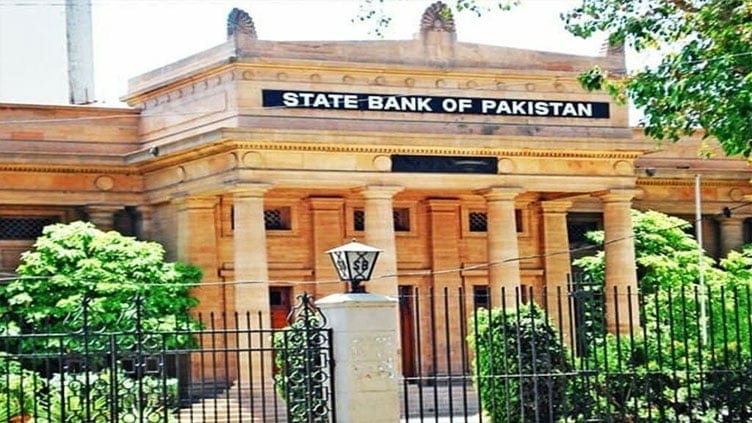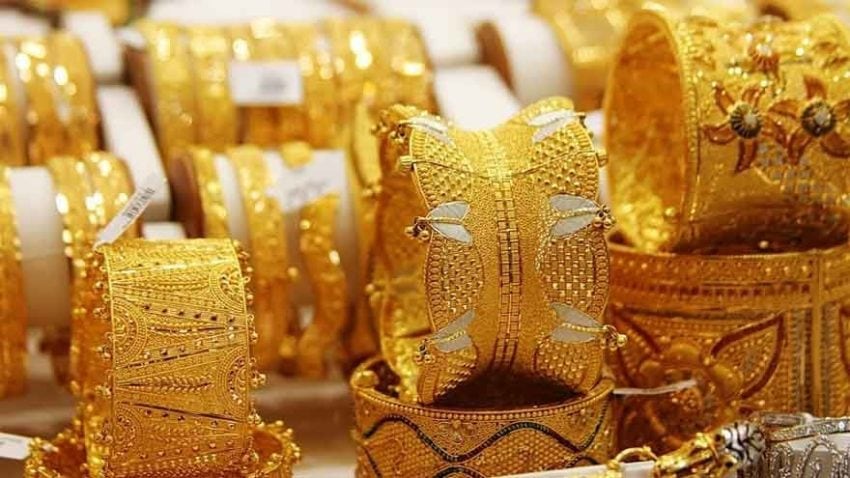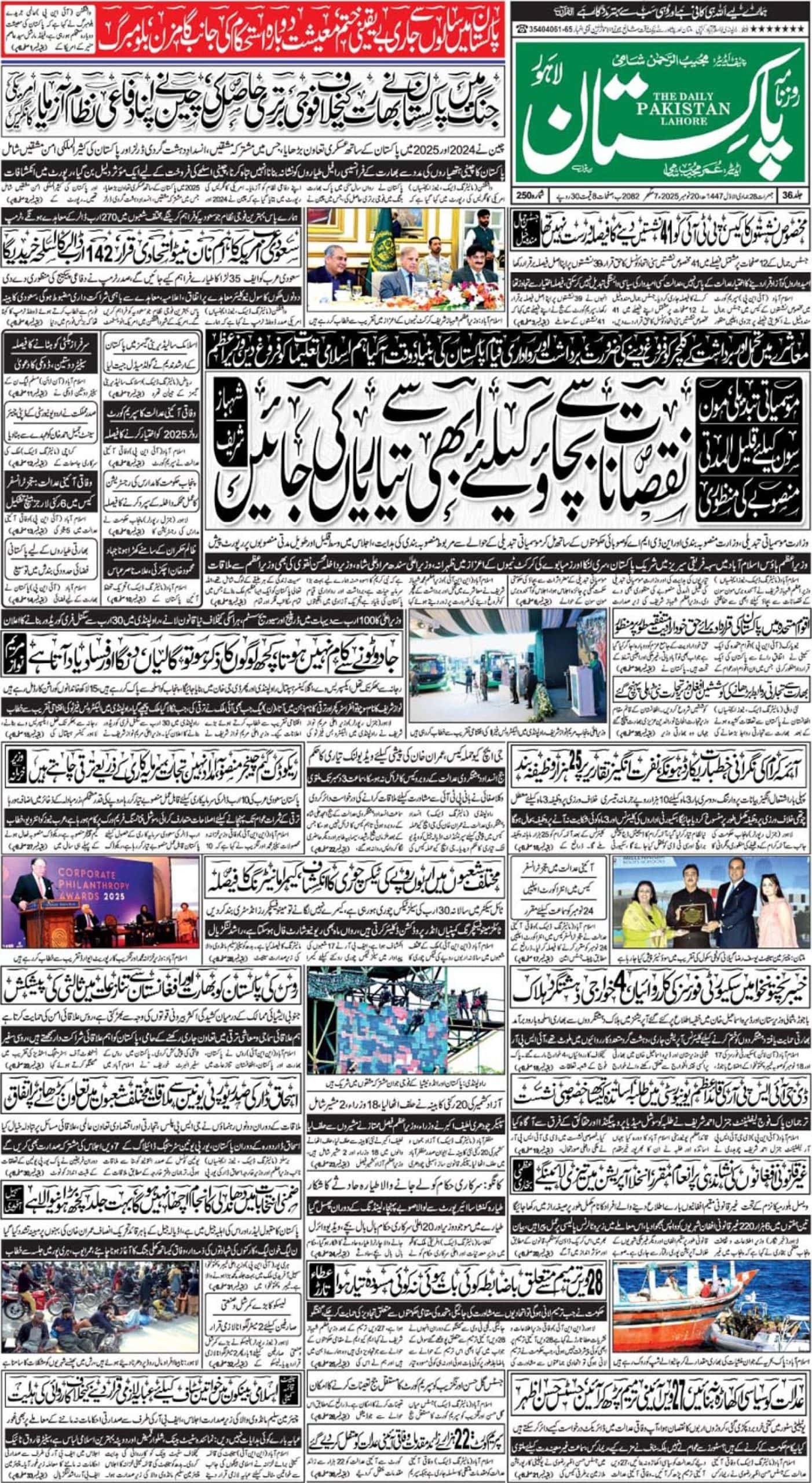As Pakistan navigates the fragile terrain of post-crisis recovery, the State Bank of Pakistan (SBP) has opted to pause its monetary easing cycle, keeping the benchmark interest rate unchanged at 11% in its July 2025 policy announcement. While markets were widely expecting a further 50 basis point cut—marking a continuation of the easing trend that began in mid-2024—SBP’s decision to hold suggests a more cautious and calibrated approach in the face of competing macroeconomic signals.
This policy pause comes despite significant disinflationary gains. After peaking at an alarming 38% in mid-2023, headline inflation has plunged to 3.2% in June 2025—the lowest year-on-year rate since 2016. The average inflation for FY2024–25 stands at just 4.49%, comfortably within SBP’s medium-term target band of 5–7%. The rapid cooling of prices has been driven by tighter monetary conditions, stable food and fuel supplies, a stronger Pakistani rupee, and increased foreign inflows. As of July 2025, SBP reserves have crossed $14 billion, bolstered by disbursements from the IMF, World Bank, and strategic partners such as Saudi Arabia and the UAE.
Despite this positive backdrop, the SBP has chosen restraint. Since June 2023, when the policy rate stood at an all-time high of 22%, the central bank had cut rates by a cumulative 1,100 basis points through May 2025. Yet, even after these cuts, real interest rates remain highly elevated, estimated between 7–8%, among the tightest in the region. These high real rates continue to suppress credit growth and deter private investment, even as inflation retreats.
The decision to maintain the policy rate appears driven by a prudent recognition of remaining vulnerabilities. Though inflation has sharply declined, external account risks persist. Pakistan’s import-dependent structure, particularly for energy and industrial inputs, means any spike in global commodity prices or rupee depreciation could quickly reignite inflationary pressures. Moreover, SBP remains under the watchful eye of the IMF’s Extended Fund Facility (EFF), which underscores the importance of inflation anchoring and institutional credibility.
A premature cut might have undermined these gains. By holding steady, SBP is signaling a desire to consolidate disinflation, allow previous easing measures to filter through the economy, and avoid missteps that could compromise exchange rate stability or trigger capital outflows. This cautious posture may also reflect concerns around fiscal-monetary coordination—especially as the federal government enters a politically sensitive period ahead of the 2027 elections.
The central bank’s decision has mixed implications. On one hand, industries and small businesses looking for cheaper credit may be disappointed. Lending rates remain high—above 14%—and fixed capital formation continues to stagnate. Sectors such as textiles, construction, and steel that are highly sensitive to borrowing costs may experience prolonged stress.
On the other hand, from a fiscal standpoint, the rate hold slows the pace of savings on domestic debt servicing. With Pakistan’s annual interest payments exceeding PKR 7.5 trillion—over half of total federal tax revenue—each 50 basis point cut had the potential to reduce fiscal pressure by PKR 175–200 billion. Still, fiscal relief may now rely more on revenue mobilization and expenditure reforms than on monetary accommodation.
Even if SBP had chosen to cut, the effectiveness of monetary easing remains constrained by deep structural rigidities. Pakistan’s commercial banks are heavily skewed toward investing in government securities, where returns are high and risks are minimal. Consequently, the pass-through from policy rates to private lending remains weak. In the past year, despite steep policy rate reductions, the weighted average lending rate has hardly budged, signaling a muted transmission mechanism. For meaningful credit growth, financial sector reforms are needed alongside monetary policy.
SBP’s July decision marks more than a policy verdict—it signals a strategic pivot in its institutional approach. Governor Jameel Ahmad’s pledge to publish biannual Monetary Policy Reports (MPRs) starting January and July 2026 aligns SBP with global central bank communication standards. This improved transparency may help better manage market expectations, bolster credibility, and reduce volatility in forward guidance.
Simultaneously, the SBP’s pilot for a central bank digital currency (CBDC), slated for early 2026, could transform monetary transmission. Through blockchain-based infrastructure and fintech integration, the CBDC may offer targeted monetary tools that bypass traditional banking bottlenecks—potentially unlocking new avenues for credit delivery, especially to underserved segments.
Ultimately, monetary policy cannot work in isolation. Pakistan’s macroeconomic rebalancing hinges on fiscal discipline, energy pricing reforms, tax broadening, and anti-smuggling crackdowns. The federal government must resist the temptation to inject populist spending into the system, particularly as electoral cycles approach. Premature demand stimulation could reverse hard-won inflation control and risk destabilizing the fragile recovery.
The writer is director-general (Punjab Sahulat Bazaars Authority)














